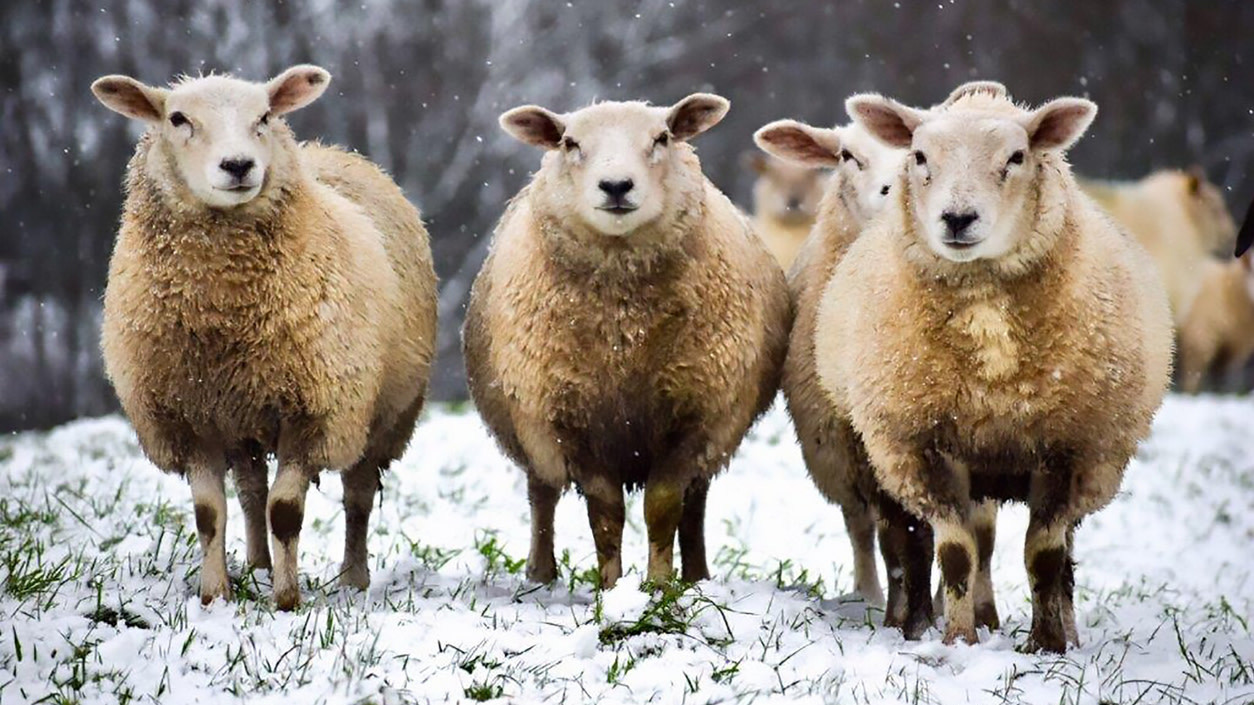Instead Of Eating Baby Lambs, Why Not Try The Full-Grown Sheep?
Part of my job involves following the food news of the world, and I have to say, after several months of the Popeyes chicken sandwich and now the onslaught of Thanksgiving, I am pretty damned sick of poultry. So I was very excited to read this NPR story that asks whether mutton can make a comeback.
Mutton is the meat of from a sheep that is more than two years old. (Lamb is one year old or younger, and hogget is in between.) It is also one of the most unappetizing food names I can think of. It doesn't even sound like what it is, which is full-grown sheep, and to me, it sounds like a big gray lump of fat. Yum!
This is actually one of the reasons the story gives for the decline of mutton. Not the name, per se, but the fact that canned Australian mutton was a staple of the diets of American servicemen during World War II. The article doesn't offer any details about its taste or appearance, but one can assume that it was lumpy and gray and fatty and possibly worse, since it traumatized those GIs so much that they vowed never to eat it again once they got home.
But even before that, mutton was on the losing end of an Old West battle for pastureland between cattlemen and shepherds. (The battle was rigged: The beef industry was supported by the U.S. government, while the shepherds were mostly Native American or Latino.) By the end of it, Americans had developed a preference for the taste of cow over sheep. Even now, said one butcher, "lamb... is more and more being developed to taste less like the species of sheep and more like beef to better appeal to the mainstream."
Mutton has a few pockets of popularity, among Navajo and Pueblo people in the U.S., and in India, Pakistan, and South Africa. But for most Americans, it's a pain in the ass to ship and prepare. A Colorado sheep farmer told NPR that getting it to New York costs three times as much as other meat because it needs to be packed in dry ice and overnighted, plus it requires a Hazmat fee. Once it gets to its destination, it needs to be hung up in a cold room until the enzymes break down to make it tender. (And sheep are big.) This doesn't make butchers very happy. Then it needs to be cooked very slowly to render out the fat—25 minutes a pound, according to one expert.
The big argument for the mutton revival is, "try it, you'll like it." And yes, there is something to be said for that. If you can find it.
